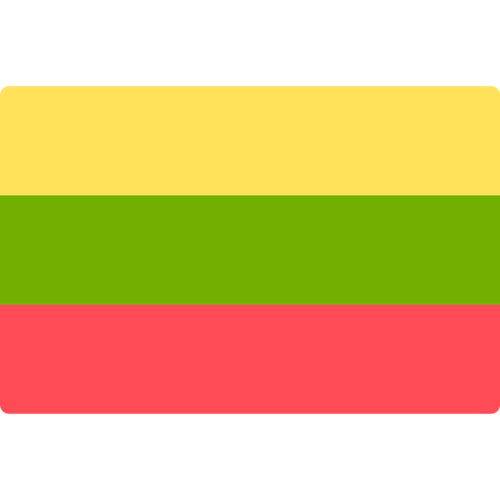
- No Results
- Global
-
Australia

-
Austria

-
Azerbaijan

-
Brazil

-
Belgium

-
Canada

-
Chile

-
China

-
Costa Rica

-
Croatia

-
Czech Republic

-
Denmark

-
ESTONIA

-
Finland

-
France

-
Germany

-
Hong Kong

-
Hungary

-
India

-
Italy

-
Ireland

-
Japan

-
Korea

-
Latvia

-
Lithuania

-
Malaysia

-
Mexico

-
Morocco

-
Netherlands

-
New Zealand

-
Norway

-
Philippines

-
Poland

-
Portugal

-
Romania

-
Singapore

-
Slovakia

-
Slovenia

-
Spain

-
Sweden

-
Switzerland

-
Taiwan

-
Turkey

-
United Kingdom

-
UNITED ARAB EMIRATES

-
United States

-
Vietnam

In vitro Cytotoxicity Assay with BCA Staining (mouse cell line L929)
Contact usThe BCA reagents are comprised of a water-soluble and stable BCA (bicinchoninic acid) and an alkaline Cu2+ solution.
The amino acids cysteine, cystine, tryptophan and tyrosine - which are a constituent of every cell - bind to these reagents, and in this process reduce Cu2+ to Cu+. Cu+ then binds to the bicinchoninic acid to form a water-soluble violet dye.
The intensity of the violet dye correlates with the cell number in the culture, as monitored by the absorbance.

Assessment of growth inhibition of cells by extraction method and BCA Staining
- The test item is extracted under agitation for a defined period of time in DMEM supplemented with 10% FBS at 37 ± 1°C and L929 cells are incubated with the extract.
- Shortly before the end of the incubation period, the cells are evaluated microscopically.
- After incubation, the cells are washed with a buffer and thereafter the BCA reagents are added. The cells are incubated with these reagents for 0.5 - 2 h and the absorbance is determined at 550 nm.
- According to ISO 10993-5 cytotoxic effects can be evaluated based on the protein content of the cultures which is used as a measure for cell growth. A growth inhibition of cultures treated with test extract of more than 30% compared to untreated control cultures (solvent control) is considered as a clear cytotoxic effect.
Protocol |
|
|
Cell line |
L929 cells (ATCC No. CCL1, NCTC clone 929 (connective tissue mouse), clone of strain L (DSMZ)) |
|
Analysis |
The BCA assay consists of two reactions: |
|
Concentrations |
4 concentrations of the test extract: 29.6%, 44.4%, 66.7% and 100% |
|
Extraction time |
4 - 72 h at 37 ± 1°C - 4 h (short-term contact and intact skin or mucosa) |
|
Incubation time |
24 - 72 h at 37 ± 1°C |
|
Quality controls |
Solvent Control: DMEM 10% FBS Negative control: Polypropylene extracted in DMEM 10% FBS Positive control: Latex extracted in DMEM 10% FBS |
|
Data delivery |
Growth Inhibition of L929 cells is determined by measuring the protein content at 550 nm absorbance |
|
Positive prediction |
A growth inhibition of cultures treated with test extract of more than 30% compared to untreated control cultures (solvent control) is considered as a clear cytotoxic effect |
References
- Smith, P.K., Krohn, R.I., Hermanson, A.K., Mallia, A.K., Gartner, F.H., Provenzano M.D., Fujimoto E.K., Goeke N.M. Olson B.J. and Klenk D.C: 1985, “Measurement of Protein Using Bicinchoninic Acid.“, Analytical Biochemistry 150, 76 – 85
- ISO 10993-5: 2009, “Biological evaluation of medical devices – Part 5: Tests for in vitro cytotoxicity“
- ISO 10993-12: 2012 “Biological evaluation of medical devices – Part 12: Sample preparation and reference materials”

